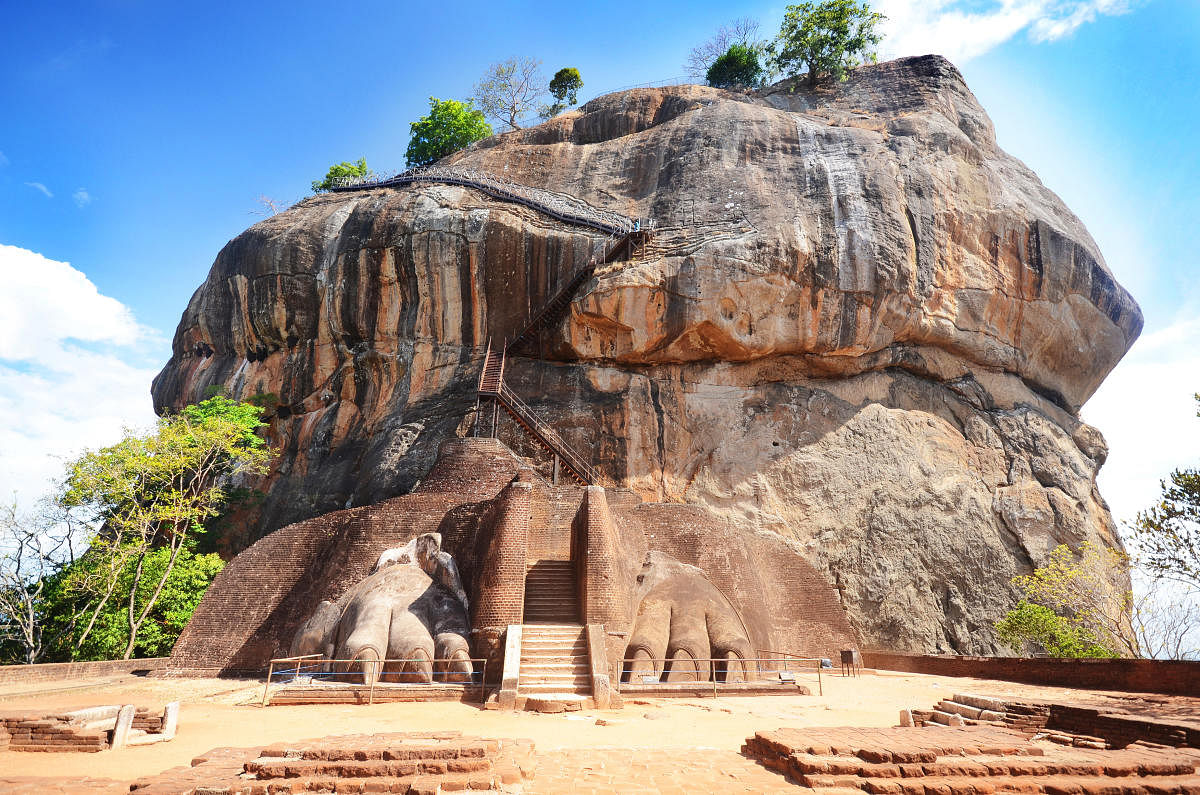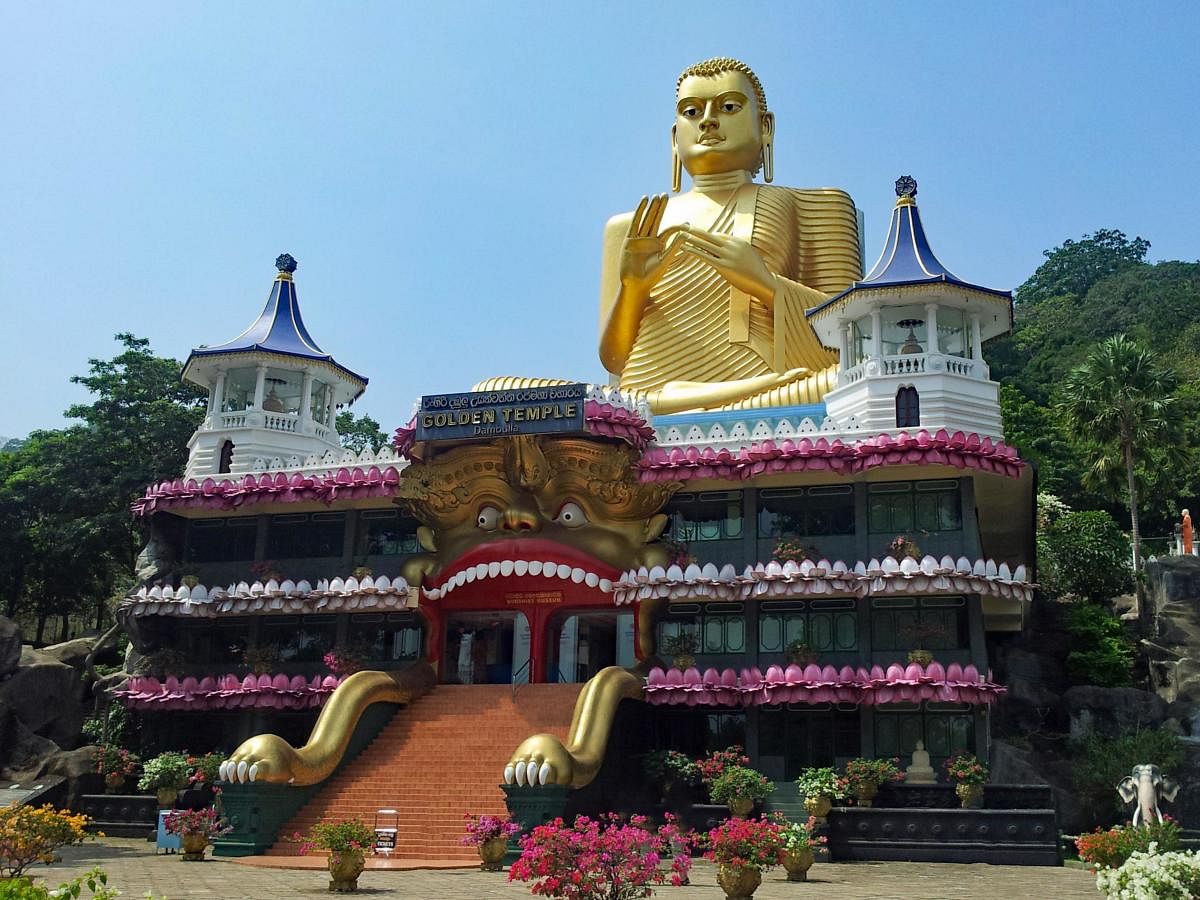

A quick internet browse added half a dozen cons to a list titled ‘Travelling to Sri Lanka during an economic crisis’. Instilling further doubt was intentional media vocabulary: Volatile protests, travel advisory for tourists and disrupted food supply chains. Then, there were the baffled expressions of airline staff at check-in counters, who saw a ticket to Bandaranaike Airport, Colombo. And the final test was being interrogated by uneasy co-passengers about my awareness of the ‘horrible situation’ in Sri Lanka.
Take it from someone who returned from a week-long holiday to the island nation, minimally affected by the economic and political climate back then — there’s a reason not to strike off Sri Lanka from your travel bucket list. The recent violence is a frustrating culmination of years of silent peaceful protests from locals across the country since 2019.
In April, seven days went by boating through dense mangrove forests, bathing and feeding elephants, releasing baby turtles into the sea, watching sunsets at the beach and rock climbing to century-old ruins. But I was a slave to Sri Lanka’s charm long before touch down. An aerial glimpse of the country’s natural landscapes showed a dense cover of coconut tree groves, grassy pathways, the swerving Mahaweli Ganga River — and all of that surrounded by the Indian Ocean.
My road trip spanned across culturally vibrant Sigiriya, the hill station of Kandy and culminated with coastal towns, Bentota and Colombo. Sigiriya, synonymous with the Lion Rock, was a 2,000 step climb climaxing at the ruins of a rock fortress made by fifth-century civilisations. The heart-thumping ascent was rewarded by panoramic views of surrounding green and blue plains. Near Sigirya, lies Dambulla, home to the twenty-two-centuries-old Buddhist sanctuary, spread across five-rock caves. Despite dreading another climb on the same day, this time clothed in shoulder and knee covering attire (as per temple mandates), the experience was soulful.
At Kandy, rain clouds grazed the tops of coconut trees. This is also where I met Raja, an elephant at Millennium Foundation, whom I fed, took on a walk, bathed in a river and got hosed down in return. This wholesome experience is open to all visitors who want to volunteer and is far better than visiting the Pinnawala elephant orphanage, a known tourist trap. Such escapades were repeated at Bentota, where the coast is dotted with conservatories that care for injured turtles and preserve their eggs for hatching season (March-May). I was lucky to release week-old babies into the ocean, despite fretting like a mamma. Woven through action-packed days were moments relaxing by the pool, drinking from king coconuts (South Indian yelnir’s got nothing on them) and eating exotically spiced Sri Lankan curries at luxury resorts. I departed the country sending out a widespread ‘Ayubowan,’ Sinhalese greeting that translates to ‘may you live a long life.’
Did the economic crisis influence my trip? The ground reality is that Sri Lankan locals are facing the backlash of a sinking economy. This crisis had led to large-scale yet peaceful protests (unsurprising for a country with a 70% Buddhist population) limited to the region around the capital city and parliament. On the sole occasion, I witnessed such a demonstration, 20,000 locals from nearby towns took part in an organised walk towards the parliament, resulting in an hour-long traffic jam, en route to Colombo.
Yes, there was a dire shortage of fuel, and large-scale inflation is imminent with steep hikes in petrol and diesel prices. Scenic drives across dense green groves of coconut palms were intermittently marred by kilometre long chains of vehicles on the side; all crawling towards the petrol pump. My driver-for-hire, Jagath sometimes spent up to two hours post-duty waiting to refuel the car.
However, as the saying goes, one man’s poison was another man’s meat: meaning this was possibly the best time to holiday in Sri Lanka. Tourist crowds remain diminished due to unease about the political and the economic climate and the fact that the Sri Lankan Rupee has depreciated to half its value in comparison to the Indian Rupee, since March 2022. Somewhere in here, is a real case for responsible tourism. Among its many definitions, one stands out — tourism that respects the destination’s environment and generates economic benefits for the local communities. Protesters are demanding a change of government, not a ban on tourists who make a majority contribution to Sri Lanka’s GDP. As the IMF urges Sri Lanka to tighten monetary policy and raise taxes, it remains to be seen if sceptical holiday-goers from India and Russia will join the small groups of vacationers who have currently come to the rescue despite the newest updates. From staying at luxury resorts to purchasing tickets to conserve heritage sites or shopping from local vendors, every contribution matters. A luxury island holiday on a clear conscience need no longer be an elusive dream. So save that itinerary for when Sri Lanka is ready to be bailed out.
Some practical tips for a future trip
Relying on self-preservation instincts and personal assurances from travel agents isn’t enough when every media channel says otherwise, so arm yourselves with these few suggestions:
Stave off self-drive or public transport due to the fuel shortage and opt for a hired chauffeur.
After making a choice of resort to stay in, email them to verify the availability of backup generators.
Carry your own medicines since pharmacies can remain a tad under-stocked.
Exchange currency only at the airport or withdraw directly from ATMs if you run out of cash.
The international airport is a fair distance from Colombo, cross it off your list and visit all the protest-free cities and villages that still offer the best of Sri Lanka.